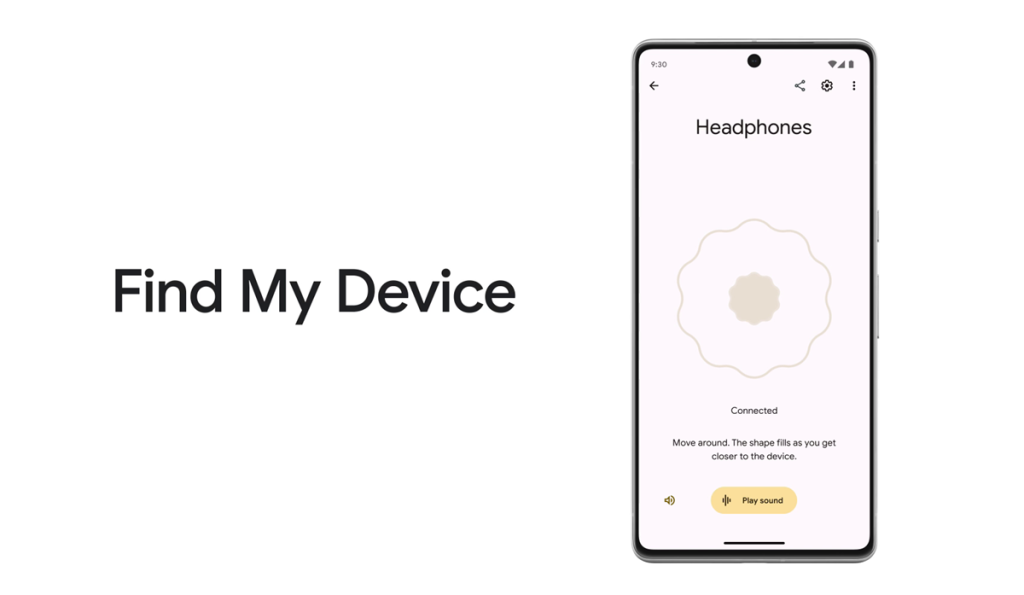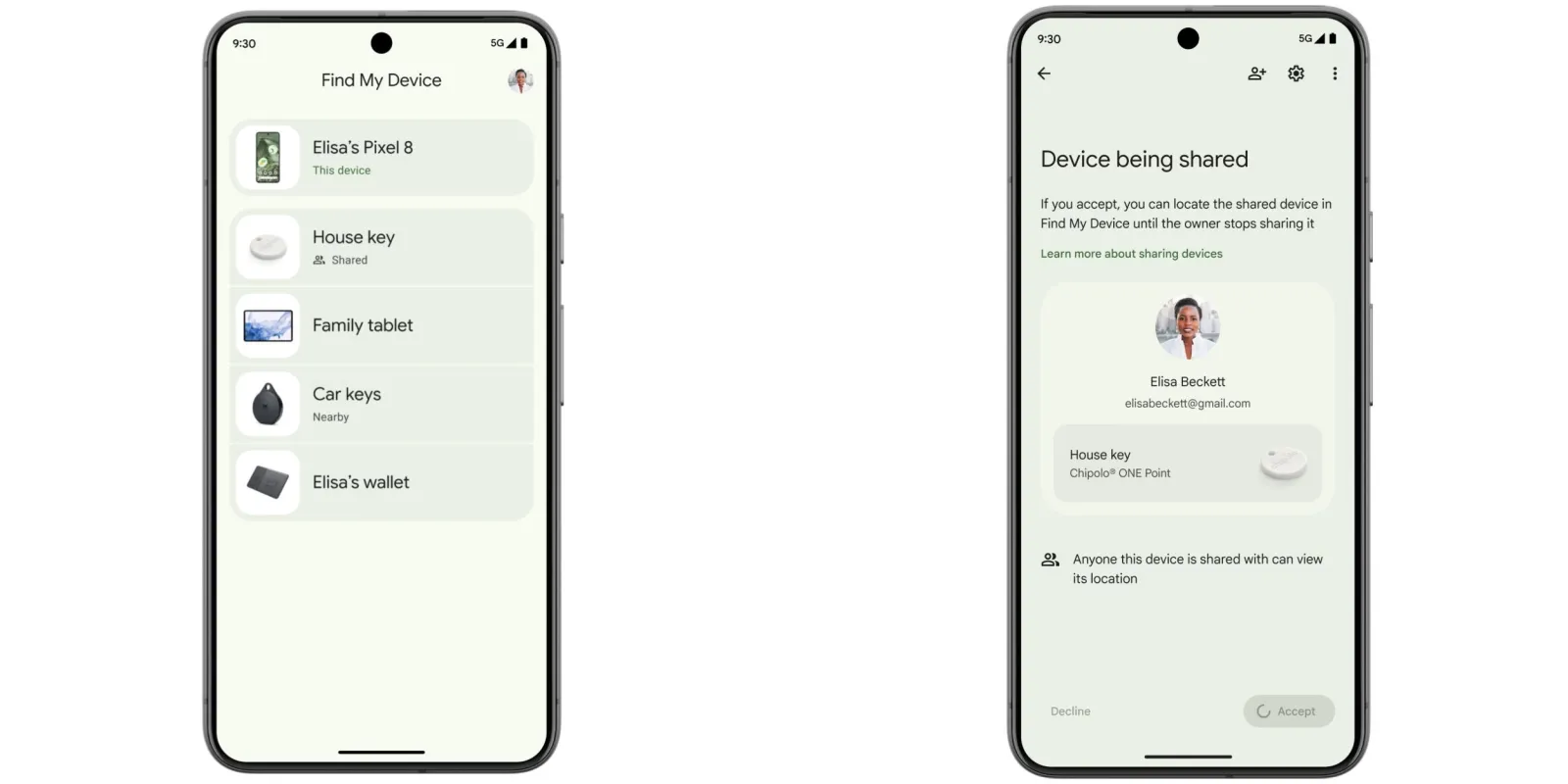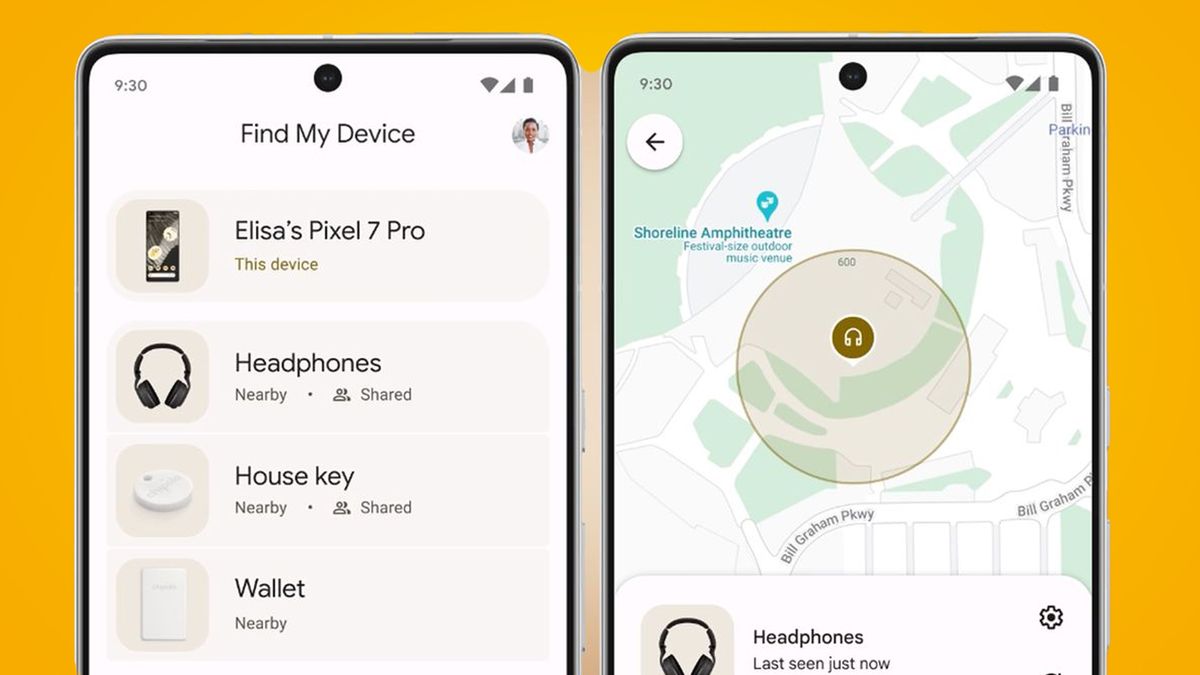Highlights
- Privacy-first approach limits tracking effectiveness in low-traffic areas
- Users report issues with functionality, particularly outside high-traffic zones
- Google’s network faces criticism despite prioritizing user data control
- Future improvements promised but may compromise current privacy stance
Google’s recent launch of its Find My Device network has sparked controversy in the tech world.
While the network promised to revolutionize item tracking for Android users, its focus on privacy has led to unexpected challenges.
Let’s delve into the complexities of this situation and explore why Google’s approach might be both a blessing and a curse.
The Privacy-First Approach

Google’s Find My Device network, launched in April, prioritizes user privacy above all else.
Unlike similar networks from Apple and Samsung, Google’s system only operates by default in “high-traffic areas.”
This decision aims to give users more control over their data and prevent unwanted tracking.
However, this privacy-centric approach comes at a cost.
Many users have reported that the network simply doesn’t work as expected, especially in less populated areas.
Trackers from partners like Pebblebee and Chipolo often fail to report their locations, rendering them ineffective for their primary purpose.
The Functionality Trade-off

Google’s decision to prioritize privacy over functionality has led to several issues:
- Limited effectiveness: The network’s performance in “low-traffic” areas is significantly compromised, making it less reliable than competitors.
- User confusion: The lack of clarity on what constitutes a “high-traffic” area leaves many users uncertain about when and where their trackers will work.
- Partner challenges: Companies offering trackers for the network may face negative reviews and high return rates due to perceived poor performance.
Google defends its approach, calling it a “key difference” from other networks.
They encourage users to manually change settings for better performance.
However, this solution puts the onus on users and doesn’t address the core functionality issues.
The Road Ahead

Google finds itself in a tricky position.
Reversing course on privacy settings could damage their reputation, but maintaining the status quo might render the network obsolete before it truly takes off.
The company promises future improvements, but it’s unclear how they can significantly enhance performance without compromising their privacy-first stance.
This situation highlights the delicate balance between privacy and functionality in modern tech products.
As users and industry observers, we’re left to ponder: Did Google make the right choice in prioritizing privacy so heavily?
Will the Find My Device network evolve to meet user expectations, or will it remain a well-intentioned but flawed product?
Only time will tell how this experiment in privacy-focused technology will play out.
For now, Android users hoping for an AirTag alternative may need to temper their expectations or look elsewhere for reliable item tracking.
FAQs
What is Google’s Find My Device network?
Google’s Find My Device network is a tracking system launched to help Android users locate their lost items.
It prioritizes user privacy by only operating in high-traffic areas by default.
Why are users facing issues with the Find My Device network?
Users report that the network fails to work effectively in less populated areas due to its privacy-first design, leading to limited functionality outside high-traffic zones.
How does Google’s privacy-focused approach differ from competitors like Apple and Samsung?
Unlike Apple and Samsung, Google’s network prioritizes user privacy by limiting tracking to high-traffic areas, giving users more control over their data but at the cost of reduced functionality in low-traffic regions.
What challenges do companies partnering with Google for item trackers face?
Companies like Pebblebee and Chipolo face negative reviews and high return rates due to the perceived poor performance of their trackers on Google’s network, especially in less populated areas.
Will Google make changes to improve the Find My Device network?
Google has promised future improvements to enhance the network’s performance, but it remains unclear how they will balance these changes with their strong privacy-first stance.
Also Read: Google Starts Android Find My Device Network Rollout with Limited UWB Integration
Also Read: Google Brings Circle to Search Feature to Pixel Tablet and Expands Find My Device Network
